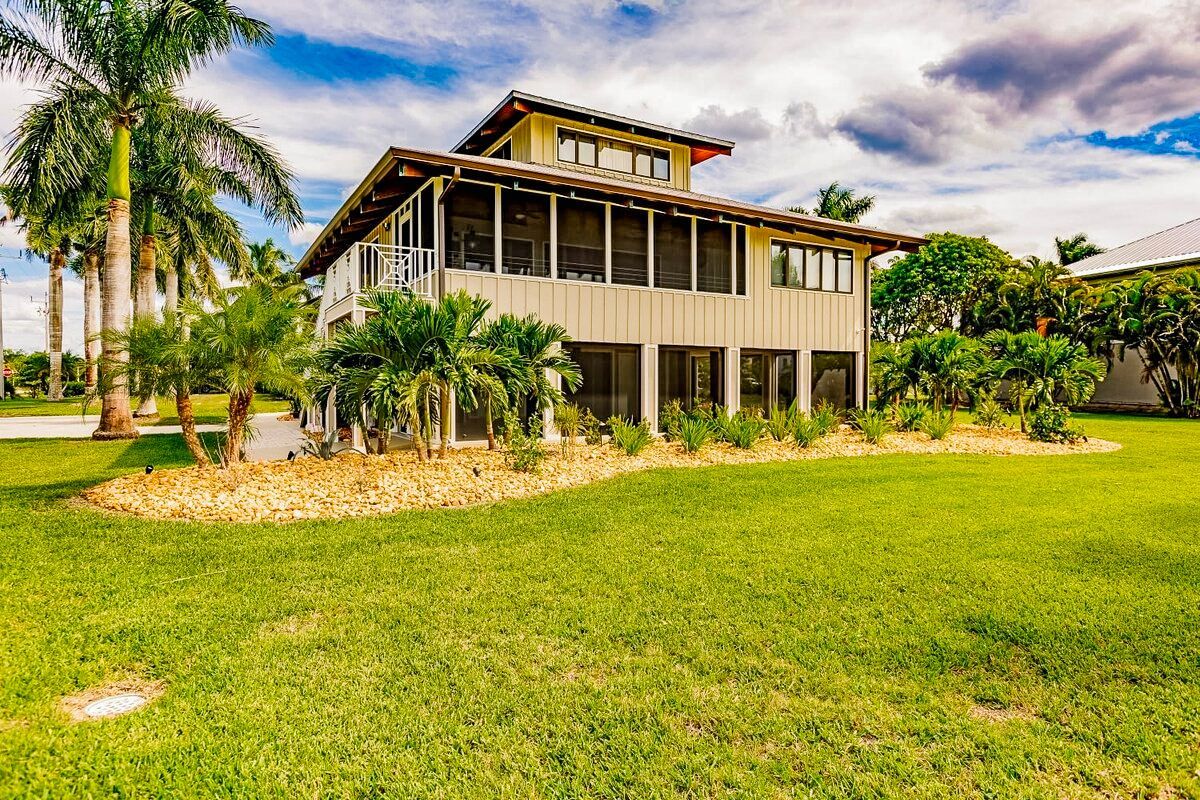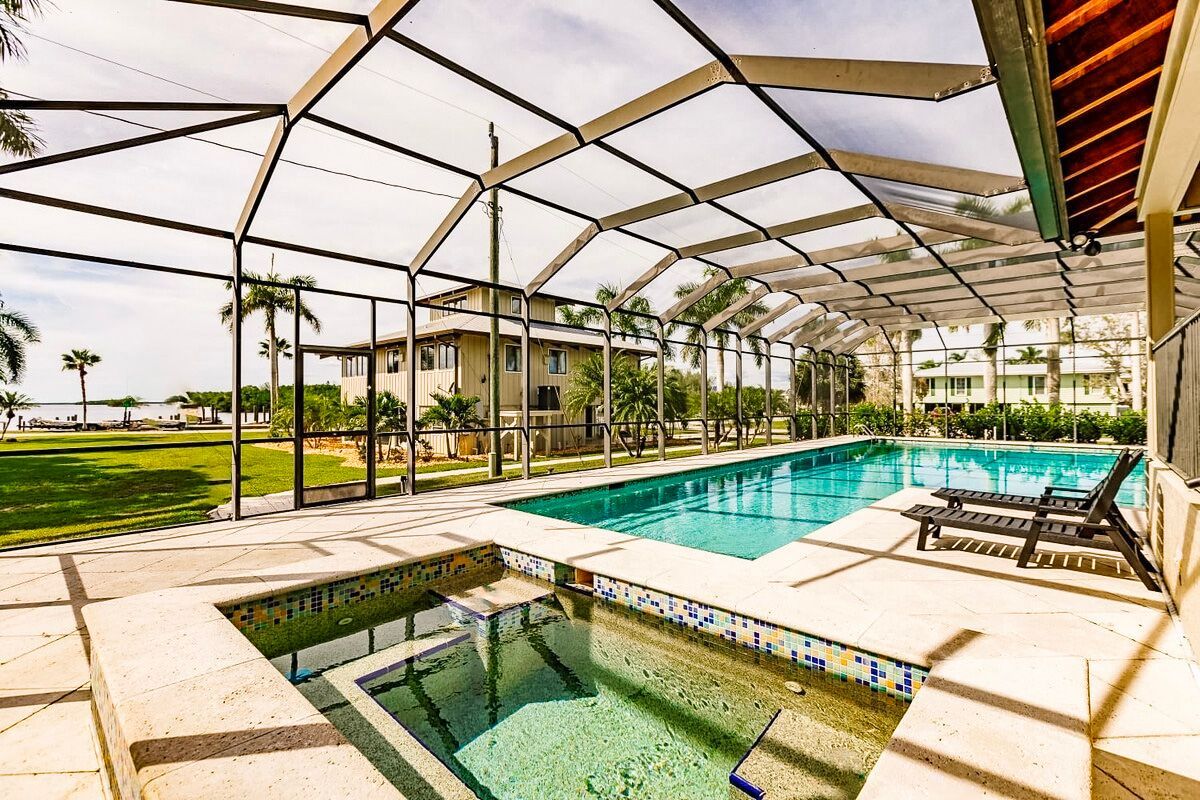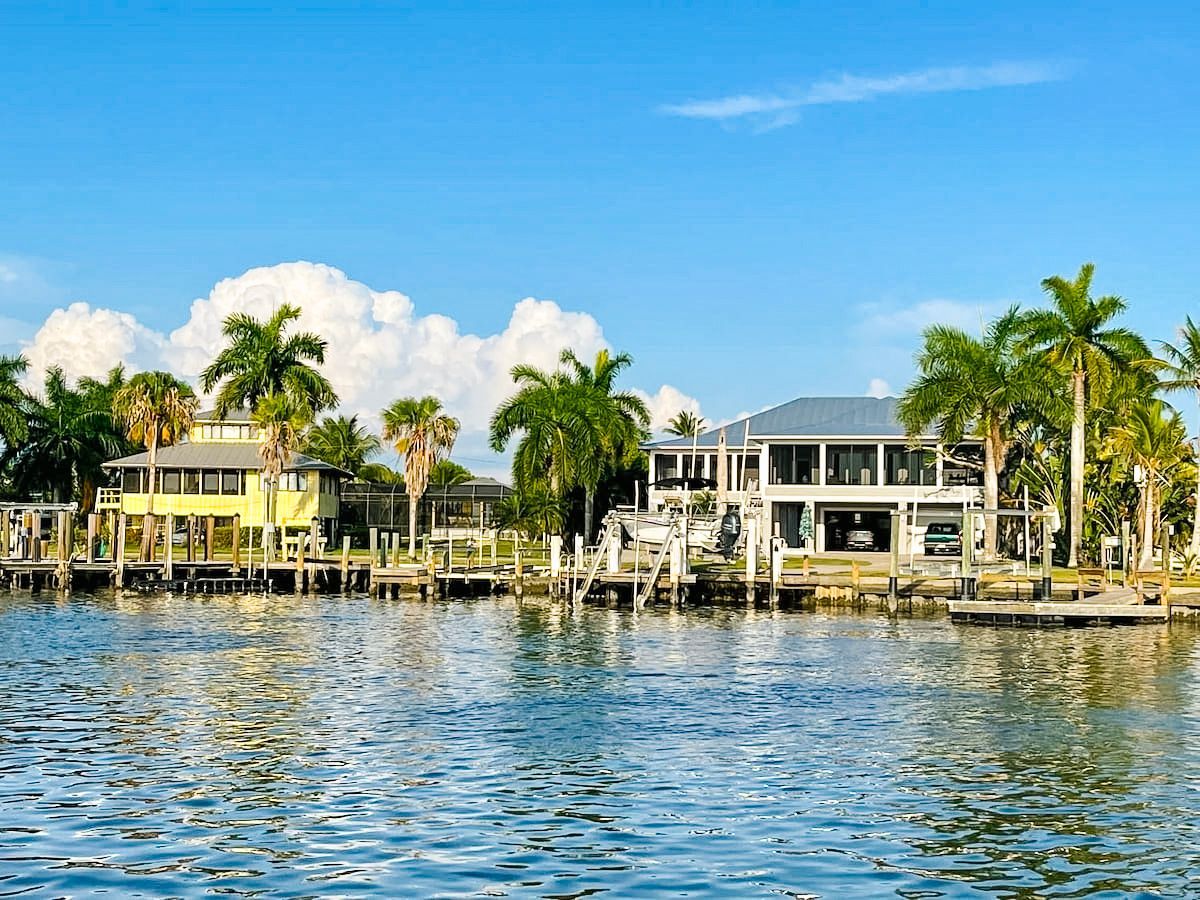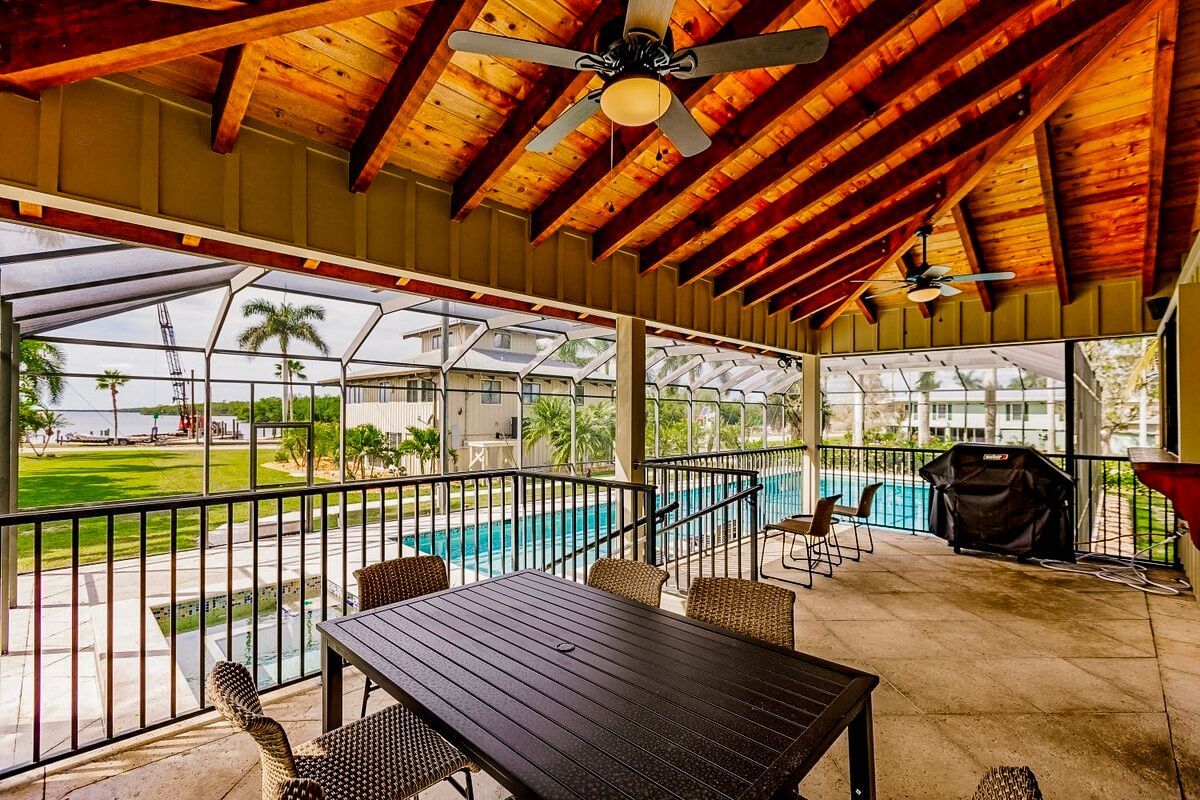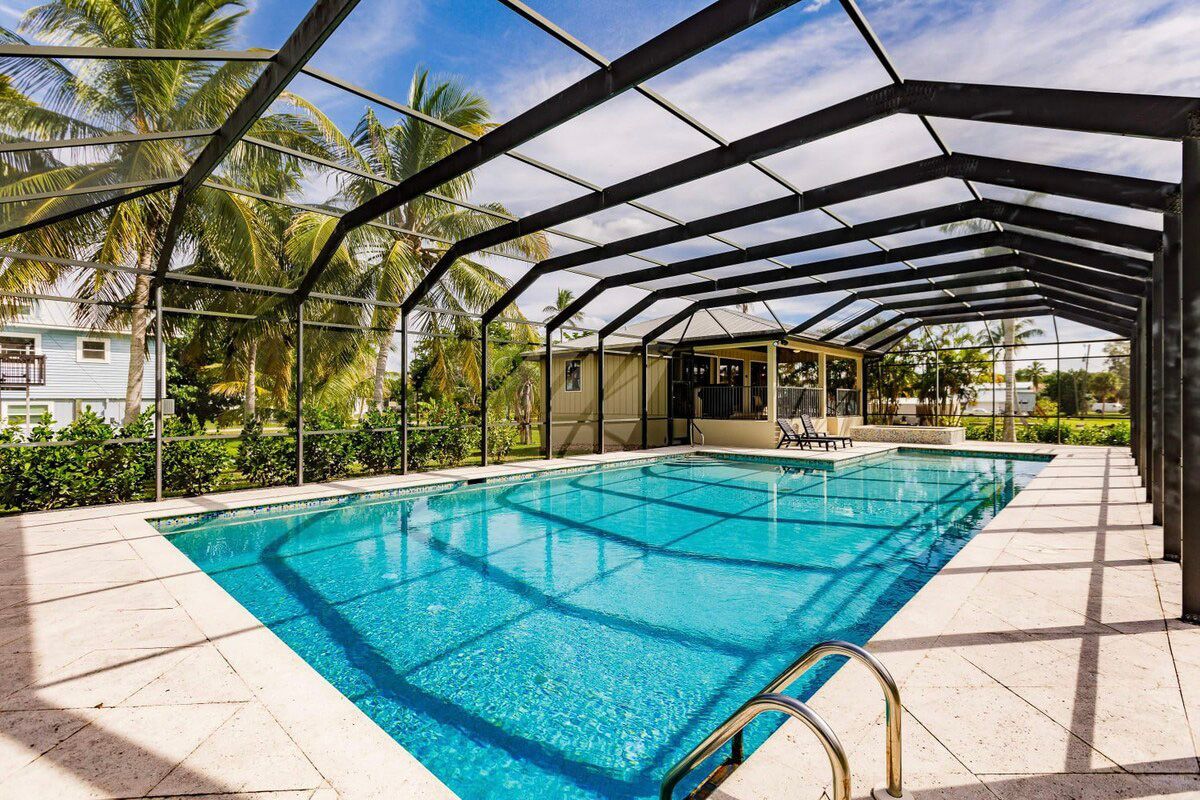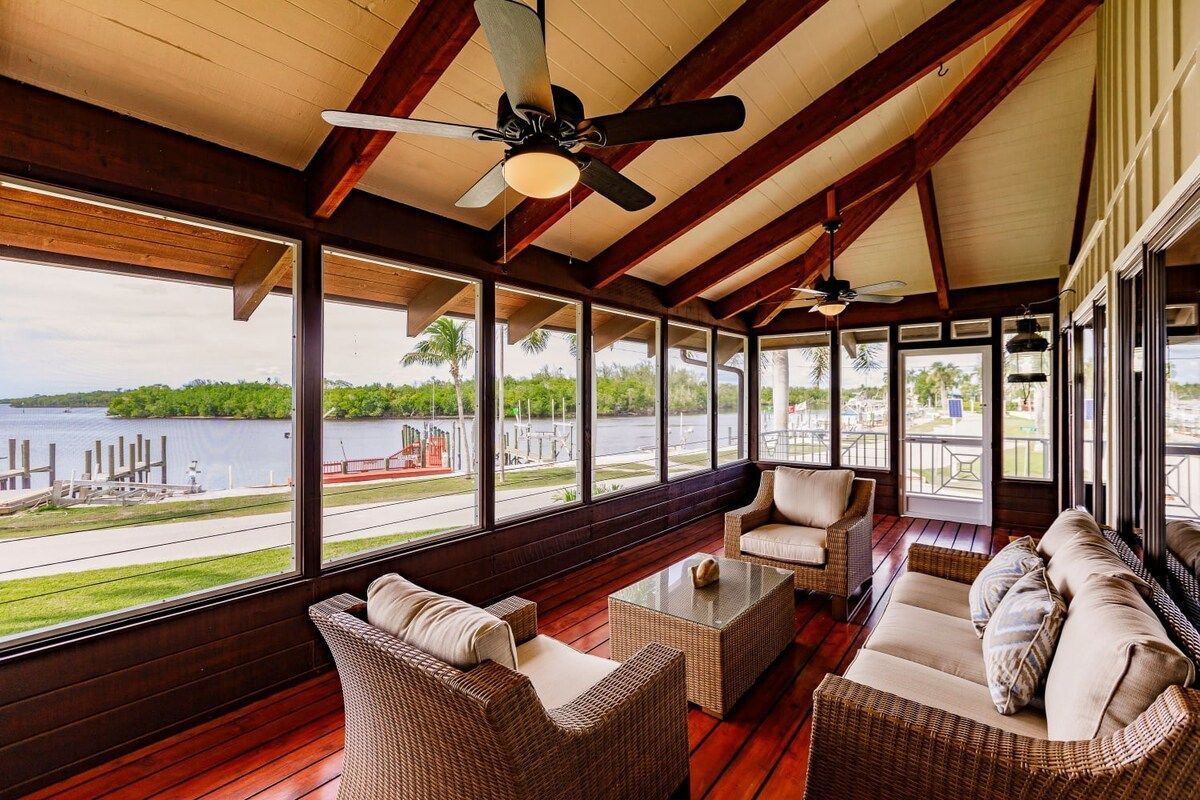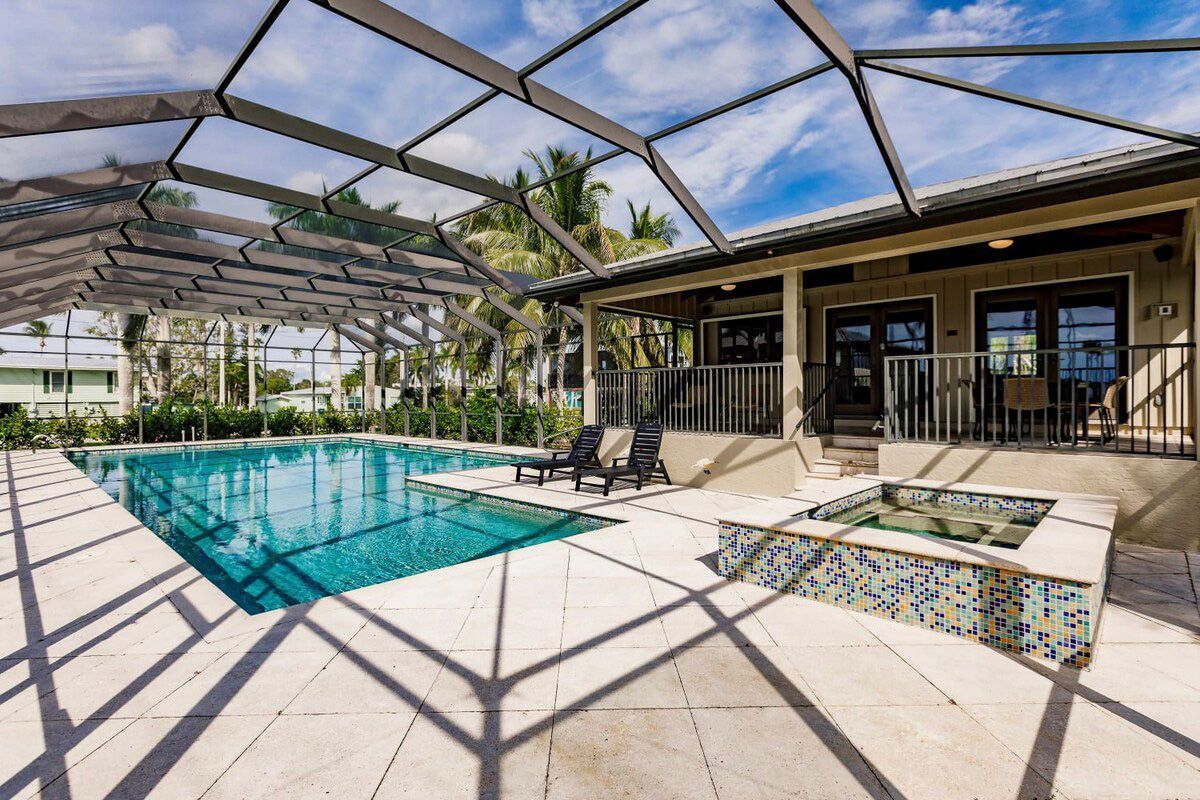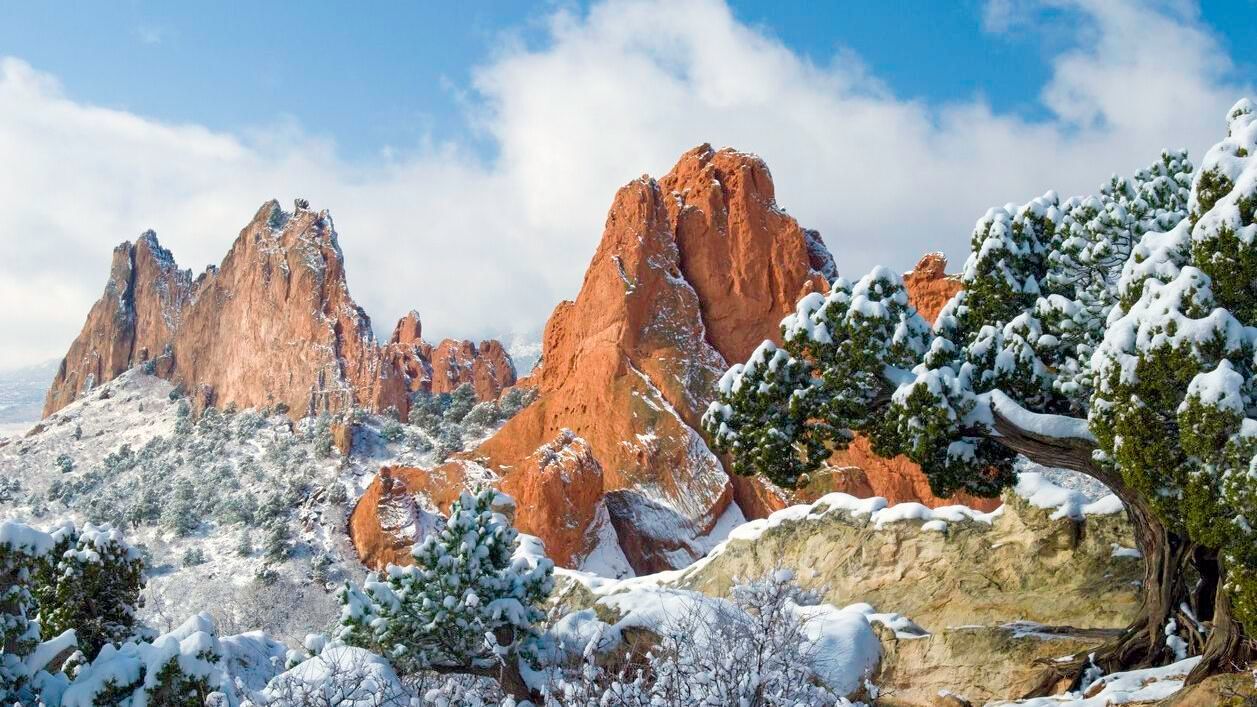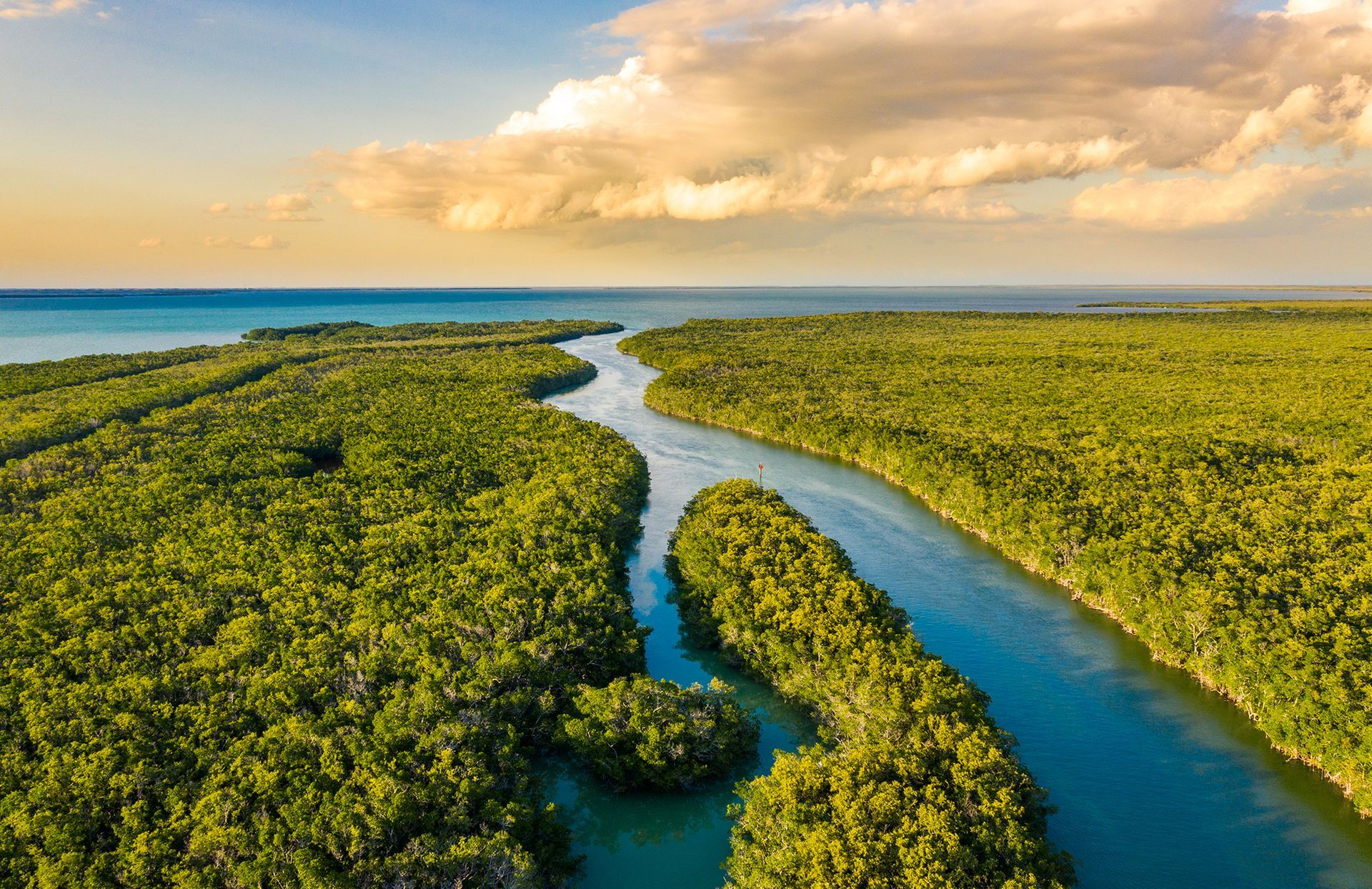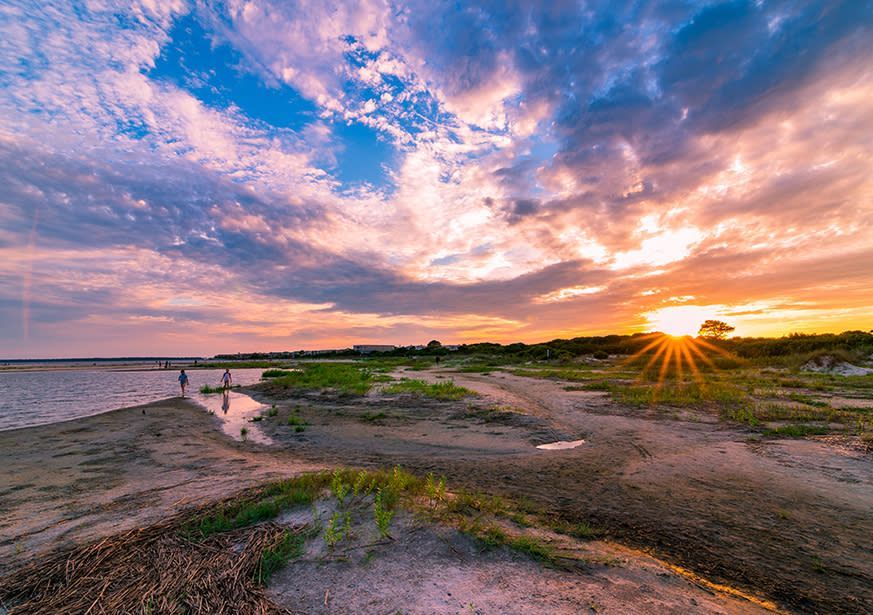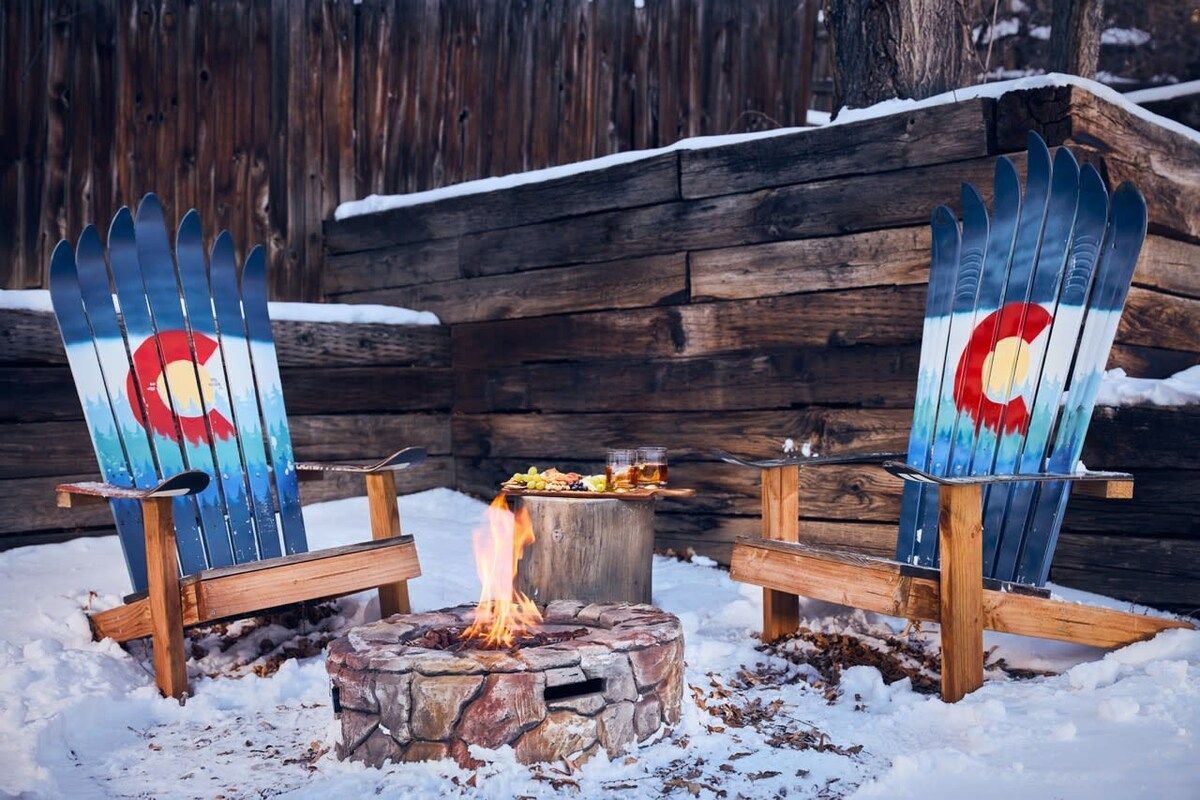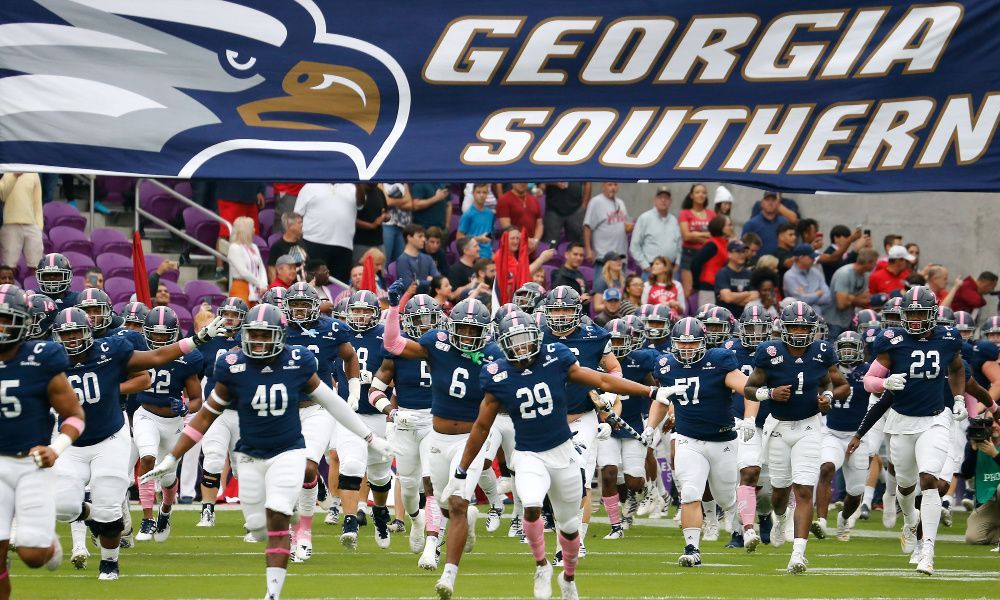CALL US TODAY · 912-217-33882173322
Winter Fishing in the Everglades: A Complete Guide
By Brandon Robinson
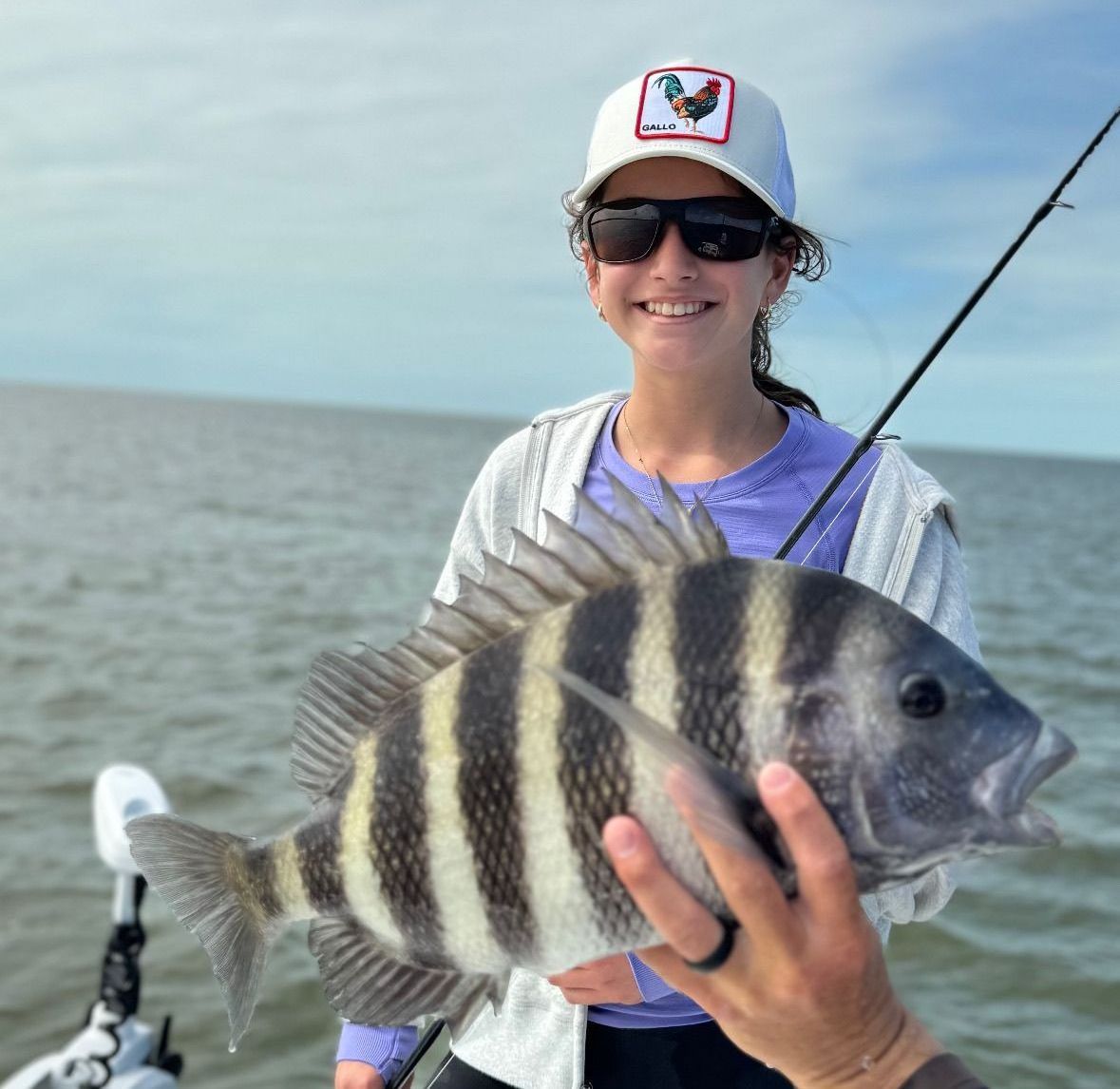

Winter is here! And for new and experienced anglers, that means prime season for fishing in the Everglades. If you read our Everglades vacation guide, you know that taking a trip to Florida’s Paradise Coast is best done during the dry season.
Fortunately for anglers, the best time for catching the region’s redfish, snook, and tarpon is this season as well. The winter months offer the most favorable conditions for catching the Everglades’ most-prized aquatic game. However, the sensitive ecosystem of the area requires travelers to plan in advance for a better overall experience. Browse our travel guide to see how to have a successful winter fishing trip to the Everglades!
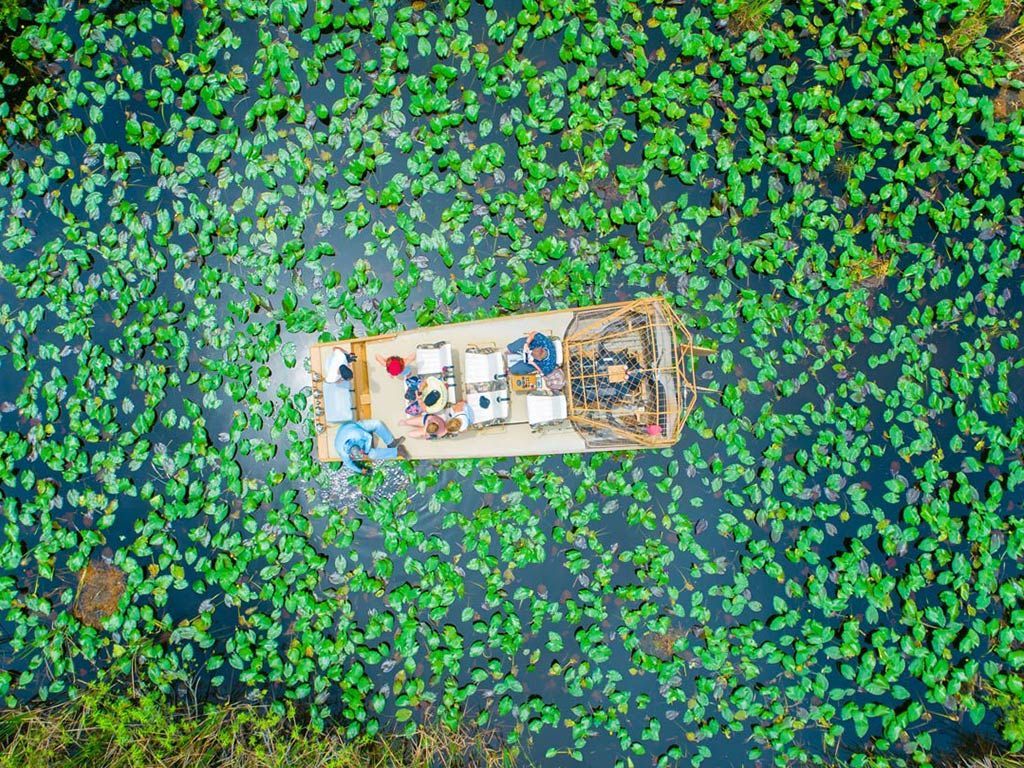
Everglades Fishing: Saltwater v. Freshwater
The distinctions between saltwater, freshwater, and brackish water are important in the Everglades because of the region's unique mix of environments.
Saltwater is found primarily in the coastal areas, especially near the Gulf of Mexico or Florida Bay. This water has high salinity and supports marine life like redfish, snook, and tarpon.
The freshwater areas of the Everglades are typically found inland, where rivers, lakes, and marshes have low salinity. The freshwater regions are home to species like largemouth bass, panfish, and catfish.
The Everglades are also known for a mix of both saltwater and freshwater, which results in brackish water. Brackish water occurs where fresh and saltwater meet, such as in estuaries, mangroves, and tidal flats. This water has moderate salinity levels and houses species like tarpon, redfish, and snook. Brackish water plays a critical role in providing a habitat for many fish and wildlife, especially for those that can tolerate the water’s fluctuating salinity levels.
This unique mix of freshwater and saltwater environments in the Everglades creates a wide variety of fish for anglers to catch all year long.

Types of Fish
Because the Everglades is home to a variety of fish species, it remains a top destination for anglers of all skill levels.
Popular fish species include:
Snook
Trout
Tarpon
Redfish
Largemouth Bass
Peacock Bass
Saltwater and Brackish Water Fish
The most popular fish among anglers in the Everglades are snook and redfish. Both species are prized for their fighting ability, size, and challenge they present to anglers.
Snook are popular for their strength, agility, and fight. They are commonly found in coastal estuaries, mangrove shorelines, and around bridges and docks.
Redfish, or red drum, are a favorite for their powerful runs and large size, commonly found in shallow waters and accessible to anglers of all skill levels.
Tarpon are called the "silver king" fish and are iconic in the Everglades. They are known for their dramatic jumps and strong runs during the spring migration.
Speckled trout and sea trout are common in the Everglades' brackish waters. They are often found in shallow grass flats.
The largemouth bass is a favorite in freshwater and brackish water areas of the Everglades, particularly in canals and the deeper sloughs.
Freshwater Fish
Peacock bass are strictly freshwater fish in the Everglades, known for their vibrant colors and strong fight. They are often found in the freshwater canals and lakes of the Everglades.
Panfish species like bluegill, sunfish, and tilapia are found in the freshwater areas of the Everglades. They are a great option for anglers of all skill levels.
Advanced Fish Options
Sharks can be found in the coastal waters. Anglers can encounter species like bull sharks and blacktip sharks for an exciting challenge.
Barracuda are predatory fish which can be found in the Everglades' coastal waters. They are known for their speed and aggressive behavior.
Crevalle jack and other species of
jacks are common to the area and present thrilling action for anglers due to their strength and stamina.
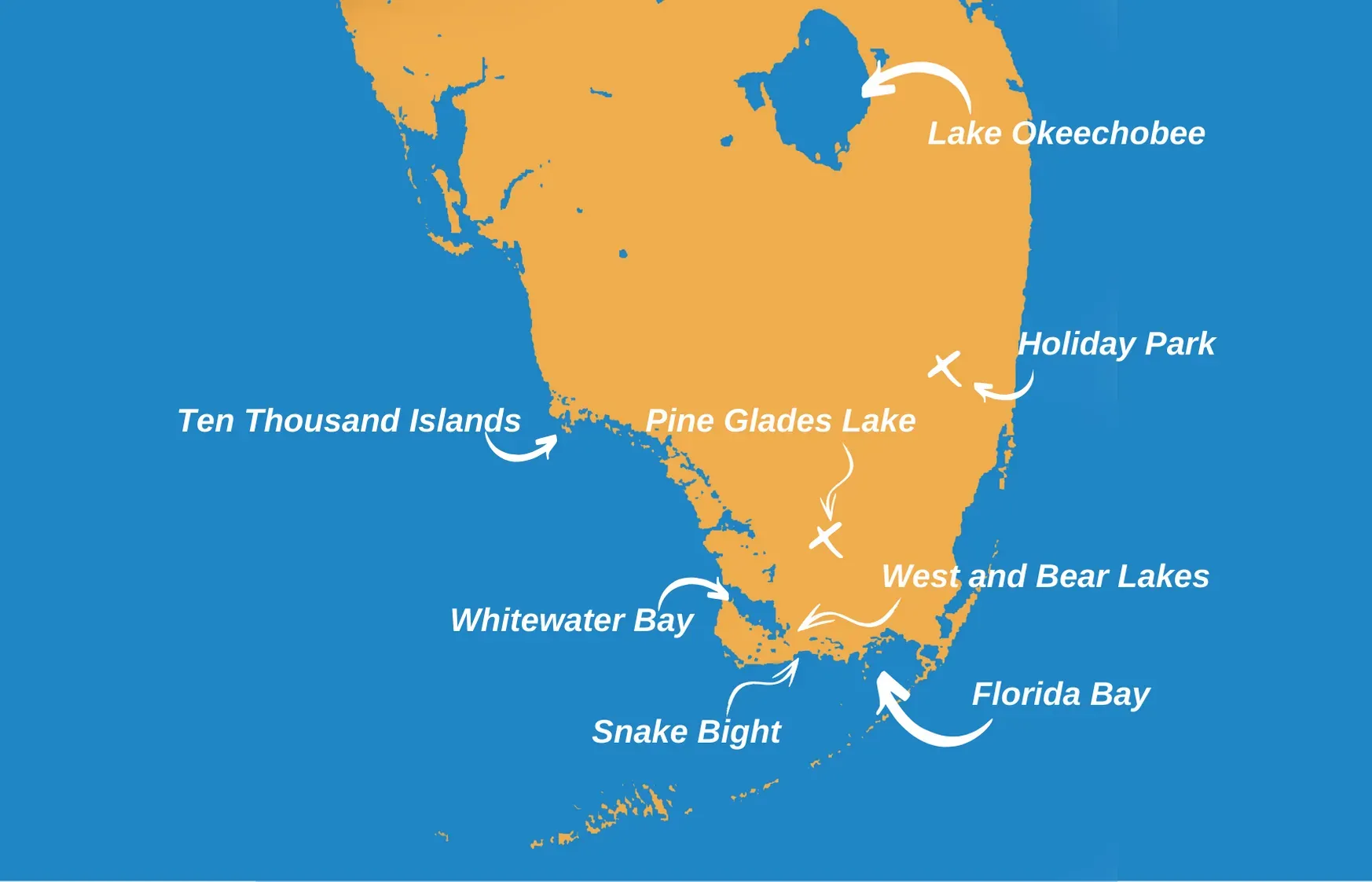
Popular Fishing Spots and Canals
The Everglades is renowned for its prime fishing spots, offering a rich variety of fish species in its unique ecosystem. Depending on your preferences, you can fish in different types of waters, including salt, fresh, and brackish waters.
Certain fishing spots have a few restrictions, so stay informed of the specific regulations for the region you plan to fish in.
Freshwater Spots
West Lake
Bear Lake
Holiday Park
Lake Okeechobee
Pine Glades Lake
Monument Lake
Loop River Road
Sawgrass Recreation Park
Alligator Alley
Golden Gate Canal
L67A & C Canal
Tamiami Canal (C-4 Canal)
Shark River Slough
Saltwater/Brackish Water Spots
Ten Thousand Islands
Flamingo
Chokoloskee Bay
Florida Bay
Snake Bight Trail
Whitewater Bay
Shark River Slough (around the mouth)
Turner River Canal
C-111 Canal
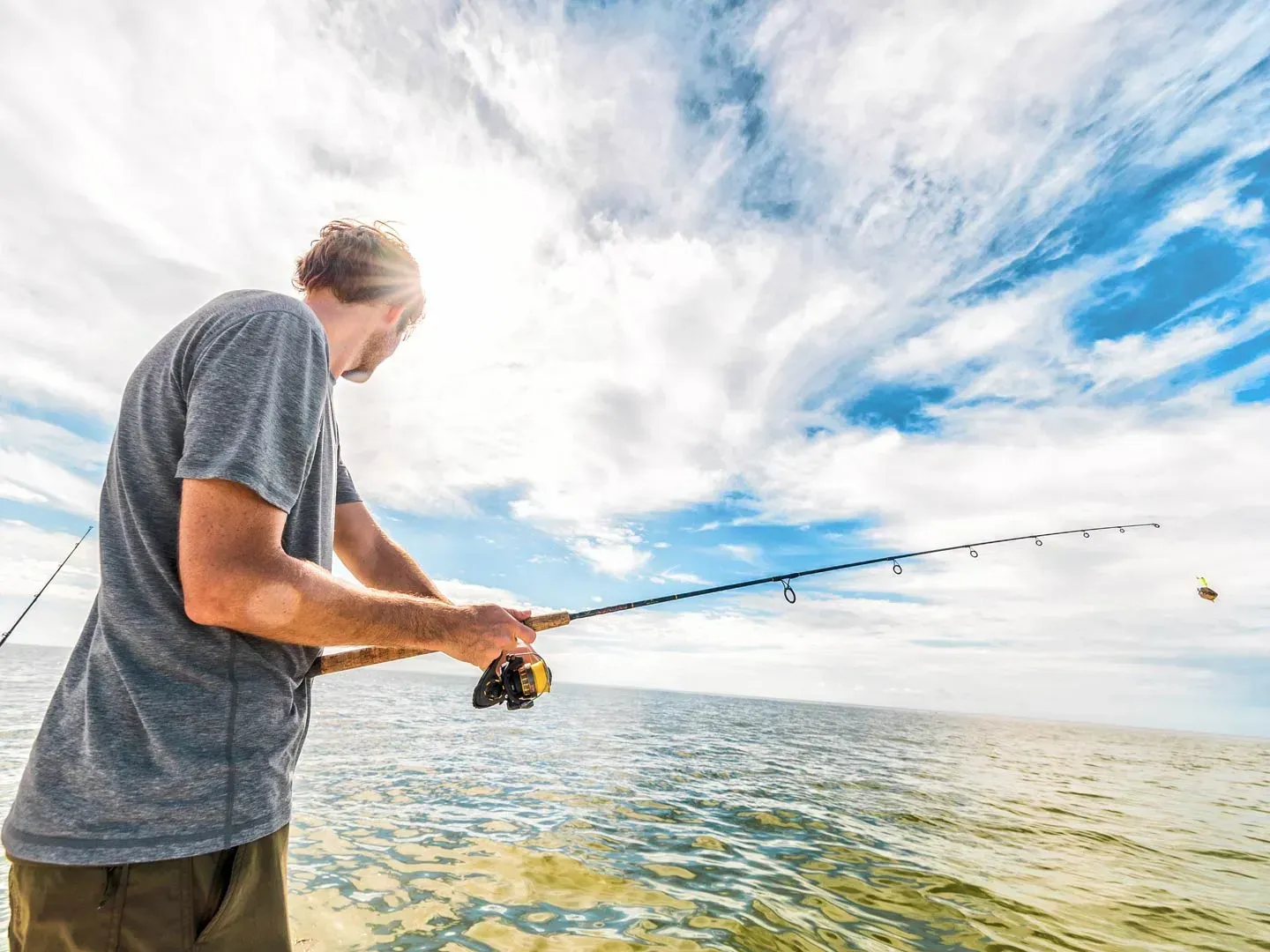
Bait and Equipment
When fishing in the Everglades, it's important to carry a variety of bait to match the diverse environments.
For saltwater fishing, live shrimp, mullet, and pinfish are effective for species like snook, tarpon, and redfish. In freshwater areas, anglers typically use shad, worms, and small minnows to attract species like bass and bluegill. In brackish areas, a mix of saltwater and freshwater bait, such as shrimp or mullet, can work well for species that thrive in fluctuating salinity levels.
Carrying the right bait for each water type ensures you're prepared for changing conditions and increases your chances of success.
Saltwater Bait
Shrimp, minnows, pilchards, pinfish, mullet, mojarras (shad), or ballyhoo. You can use a hook and line, dip net, or cast net to catch bait.
Freshwater Bait
Fast-moving baits, topwater plugs, frogs, snakes, big worms, spoons, and buzz baits. Plastic worms also work well.
Saltwater Equipment
The equipment required for freshwater and saltwater fishing is a bit different. Saltwater fishing needs durable gear that can withstand the corrosive effects of saltwater. Most anglers opt for heavy-duty rods and reels made from rust-resistant, noncorrosive metals such as stainless steel.
Freshwater Equipment
While saltwater favors stronger equipment, freshwater usually manages better with more flexibility. Smaller rods, reels, and more delicate fishing lines are just the ticket.
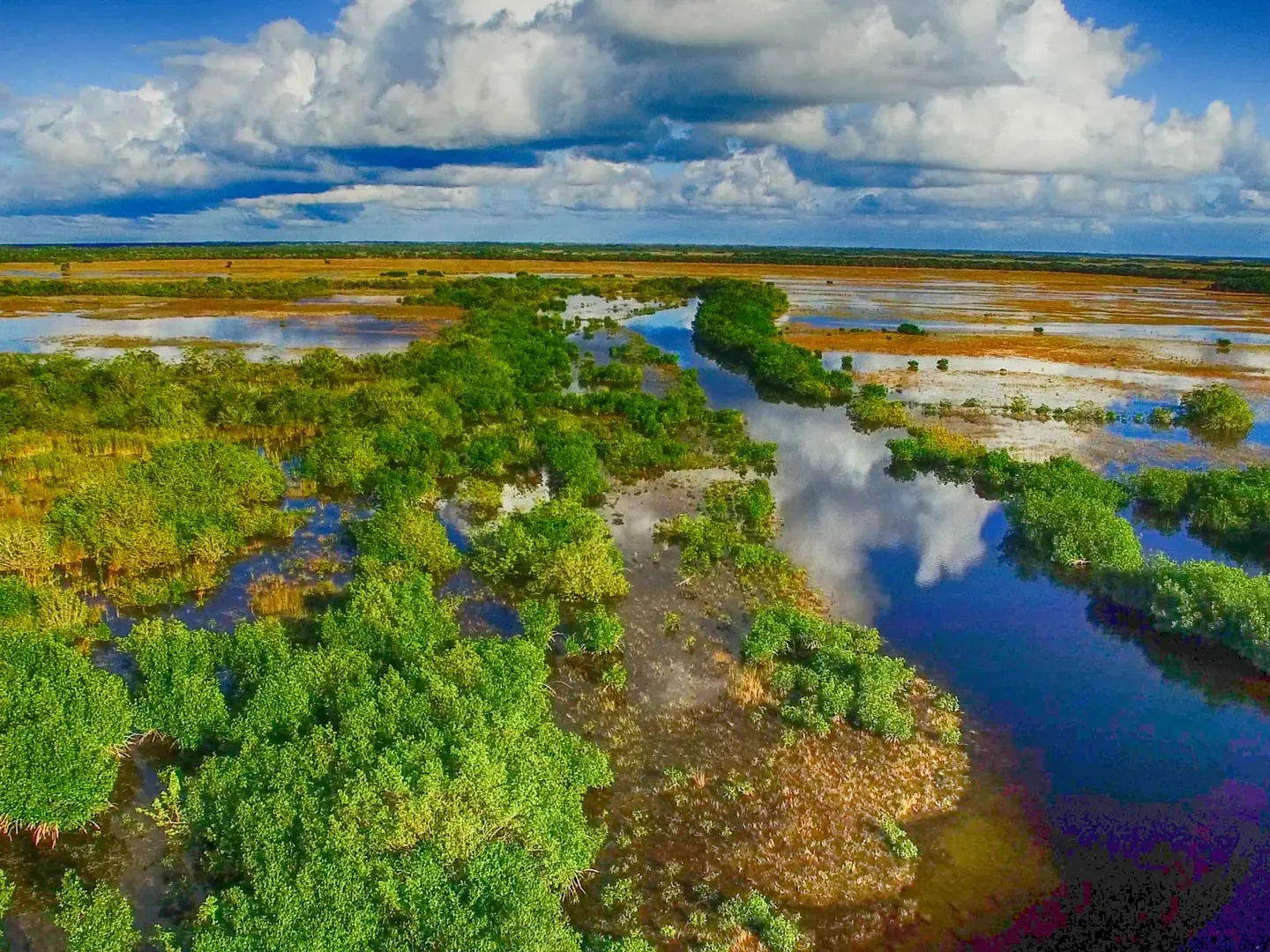
Best weather for fishing
The best time of year to fish in the Everglades largely depends on the species you're targeting.
Winter (December through February) is considered the best season for fishing due to cooler temperatures, which bring several species closer to shore. This is an ideal time for targeting species like snook, trout, and redfish.
Spring (March through May) is also great, as fish are more active during this time, and it’s the peak of the tarpon migration. Fall (September through November) is good, as fish are feeding heavily before the cooler months set in. The summer months however (June through August) can be hot and humid. Yet, fishing can be good for bass and panfish.
Overall, winter and spring offer the most consistent and productive fishing opportunities in the Everglades.

Best times of day for fishing
The best times of day to fish in the Everglades are typically during the early morning (around sunrise) and late afternoon (around sunset). During these times, fish are more active as they feed in cooler, low-light conditions. In the early morning, the water is usually calm, and fish such as snook, redfish, and trout are more likely to be closer to shore or in shallower waters.
Similarly, the late afternoon offers cooler temperatures and increased feeding activity as fish prepare for the night. Midday can be less productive as fish tend to move deeper to find cooler water and avoid the heat.
Therefore, early morning and late afternoon are the best windows for fishing in the Everglades.
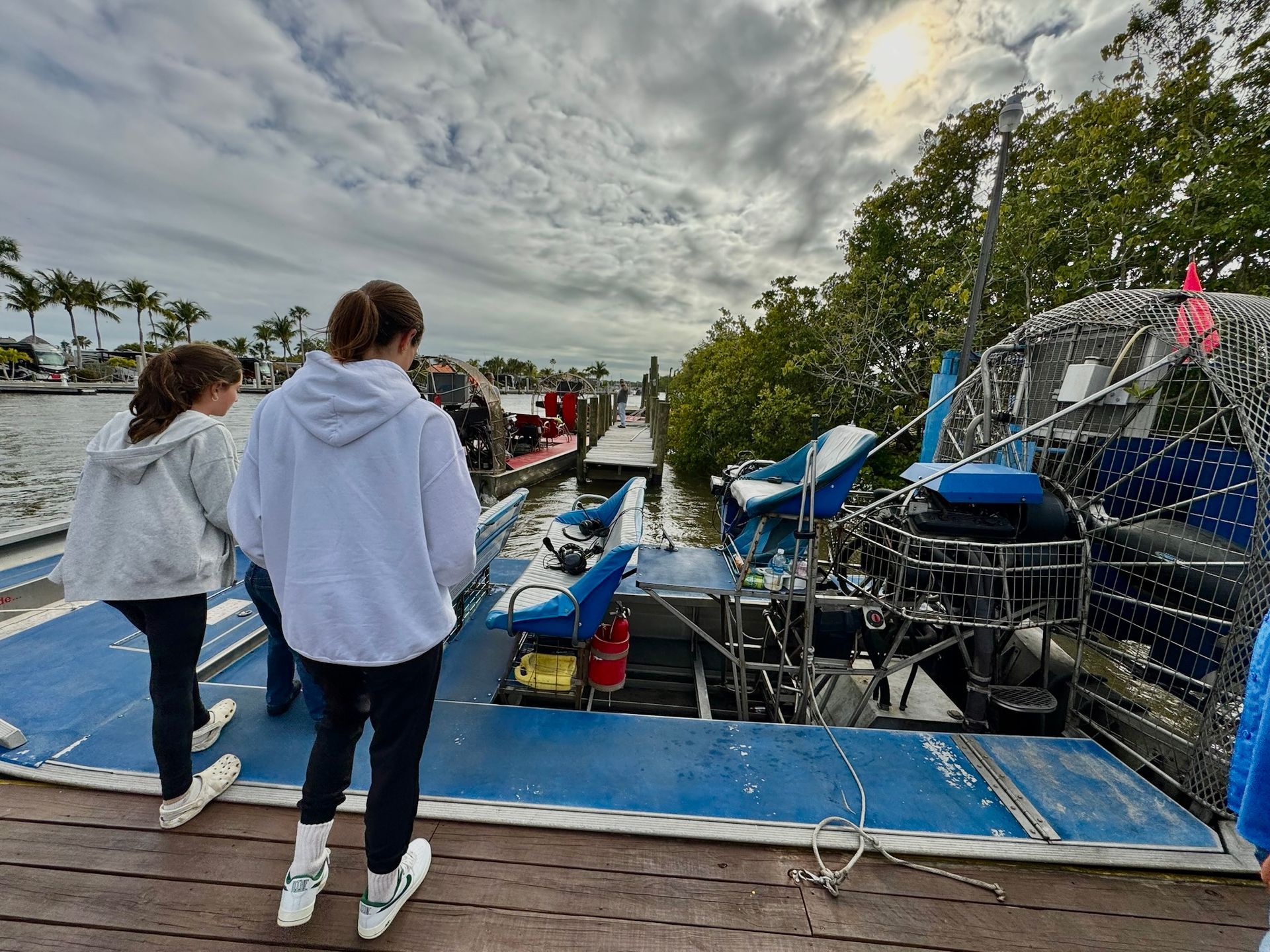
Fishing Charters
In the Everglades, fishing charters offer a convenient and expert-guided way to experience the region’s world-class fishing. Local guides have in-depth knowledge of the area’s waterways, including the best fishing spots and techniques for targeting species like snook, redfish, and tarpon. Charters also provide the necessary gear to ensure a hassle-free experience. Whether you're a novice or an experienced angler, a fishing charter enhances your chances of success while allowing you to explore the area’s natural beauty.
Some popular fishing charters are:
Everglades City Fishing Charters
Everglades Fishing Charters
Everglades Fishing Adventures
Fishing the Everglades
Uncharted Adventures
Beyond Blessed Charters
Reel Local Fishing Charters
Red Snarpon Charters Inc.
Sun King Charters
Shotime Charters
Visit FishingBooker or HERE to learn more about available fishing charters for your next trip to Florida’s Paradise Coast.
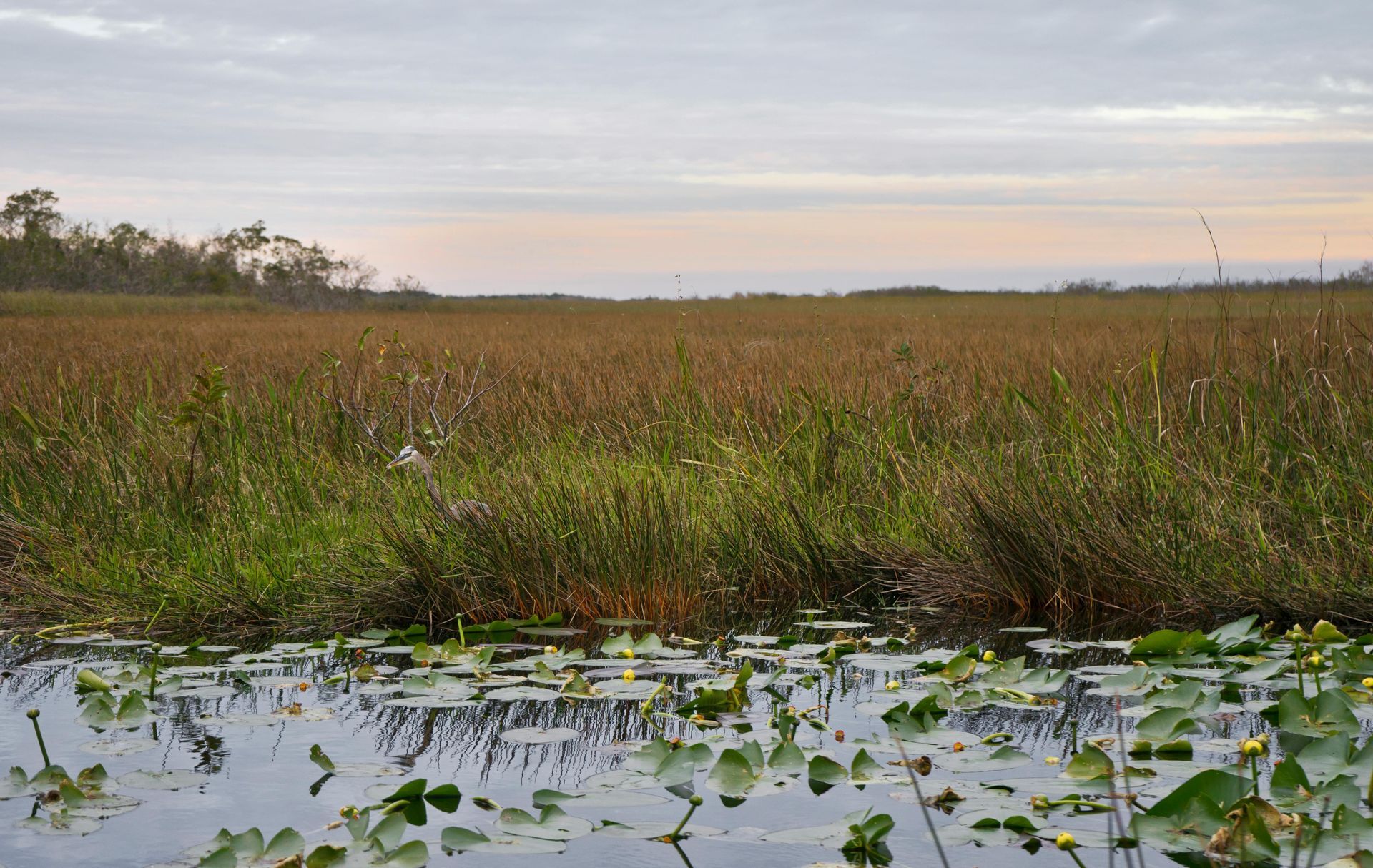
Preparing for an Everglades Fishing Trip
Preparing for an Everglades fishing trip requires some careful planning to ensure an enjoyable experience.
Here are a few helpful tips to get ready:
1. Choose the right season
Plan your trip around the Everglades’ dry season, or the best season for your desired catch. Typically, the winter season (December to February) is prime for Everglades fishing due to the cooler temperatures and peak fishing conditions. Spring (March to May) may also be best for anglers interested in the tarpon migration.
2. Book a Fishing Charter
If you’re unfamiliar with the area or want expert guidance, consider booking a local fishing charter. Guides know the best fishing spots, tides, and techniques to maximize your chances of success.
3. Pack the Right Gear
Make sure to pack the appropriate fishing equipment, including rods, reels, tackle, and bait. If you are using a charter, they often provide the gear, but it’s helpful to confirm ahead of time.
Don’t forget essentials like sunscreen, sunglasses, hats for sun protection!
4. Check Weather and Tides
The Everglades is heavily influenced by the tides and weather. Check the local forecast to plan the best times to fish, typically early morning or late afternoon.
5. Get a Florida Fishing License
Ensure you have a Florida fishing license, which is required for most types of fishing in the state. If you're using a charter, they usually provide the necessary permits.
6. Prepare for Mosquitoes!
The Everglades is known for its mosquitoes, especially during warmer months. Bring insect repellent or wear long sleeves and pants to stay protected.
7. Stay Hydrated and Bring Snacks
The heat can be intense, so bring plenty of water to stay hydrated, along with light snacks for energy during your trip.
8. Respect the Ecosystem
The Everglades is a fragile ecosystem, so practice catch-and-release, avoid disturbing sensitive areas like seagrass beds, and pack out your trash to help preserve it for future anglers and wildlife.
9. Safety Precautions
The Everglades is remote, so pack a first-aid kit, a map, and make sure your phone is protected and charged. Hiring a local guide ensures safety, proper permits, and expert navigation through the area's channels and wildlife.
OPULENCE'S EVERGLADES PROPERTY
For your proximity to hotspots in the Everglades, the Lostman’s Lodge offers the perfect choice for travelers.
This waterfront property is ideal for traveling families or anglers looking to be near the water for a fully immersed Everglades vacation.
If you are staying at the Lostman’s Lodge and interested in boat tours, Opulence has recommendations for guides who can pick you up from your backyard off the Lostman’s Lodge dock.
Visit Florida soon to have an incredible fishing experience on your next Everglades vacation. The landscape is a wonder, but fishing is a treat for anglers during the winter season.
Seal your stay with Opulence as you advance to fish Florida’s Everglades in Southwest Florida!

Brandon Robinson
MEET OUR BLOGGER
Brandon Robinson is an enthusiastic blogger based in Statesboro, GA, juggling multiple roles with flair.
By day, he serves as a Secretary to Directors at the Bulloch County Board of Education.
With a Bachelor’s of Arts in Economics and a minor in Philosophy from Emory University, Brandon is passionate about storytelling and connecting with people.
When he’s not immersed in work or writing, he loves to explore new destinations and discover hidden gems in the vacation rental scene.
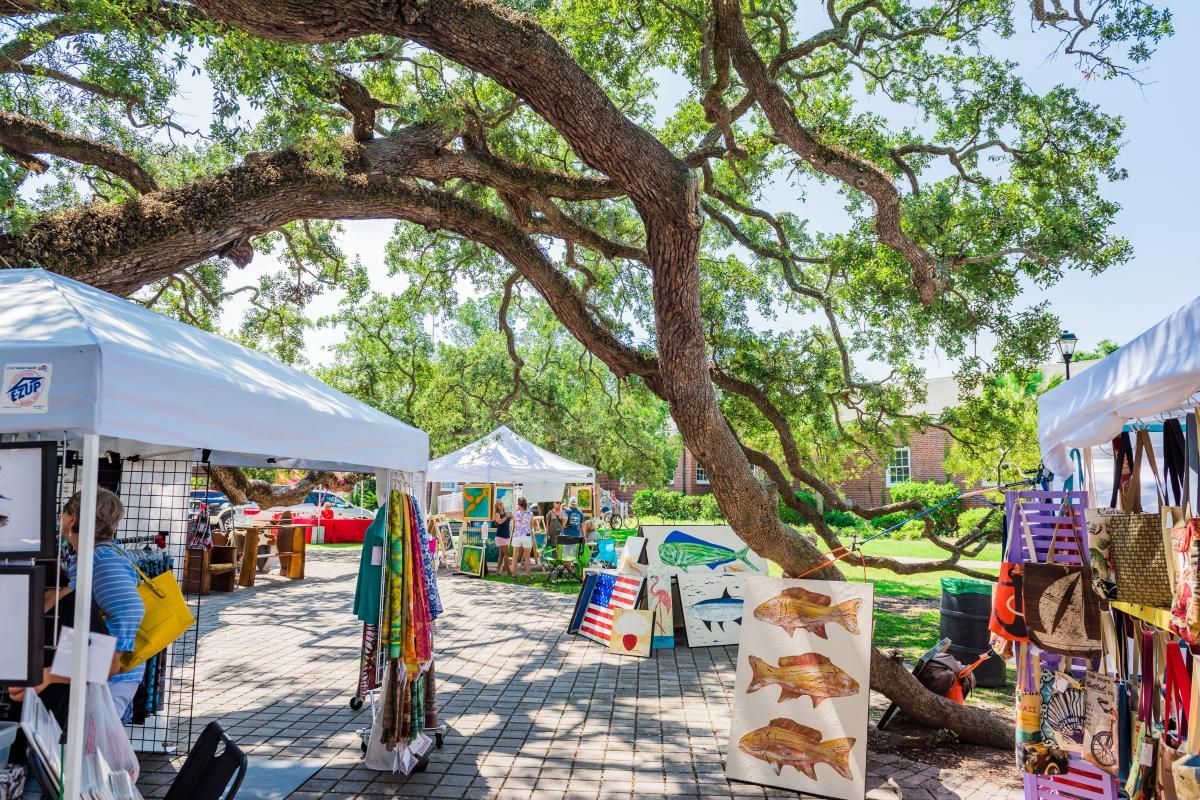




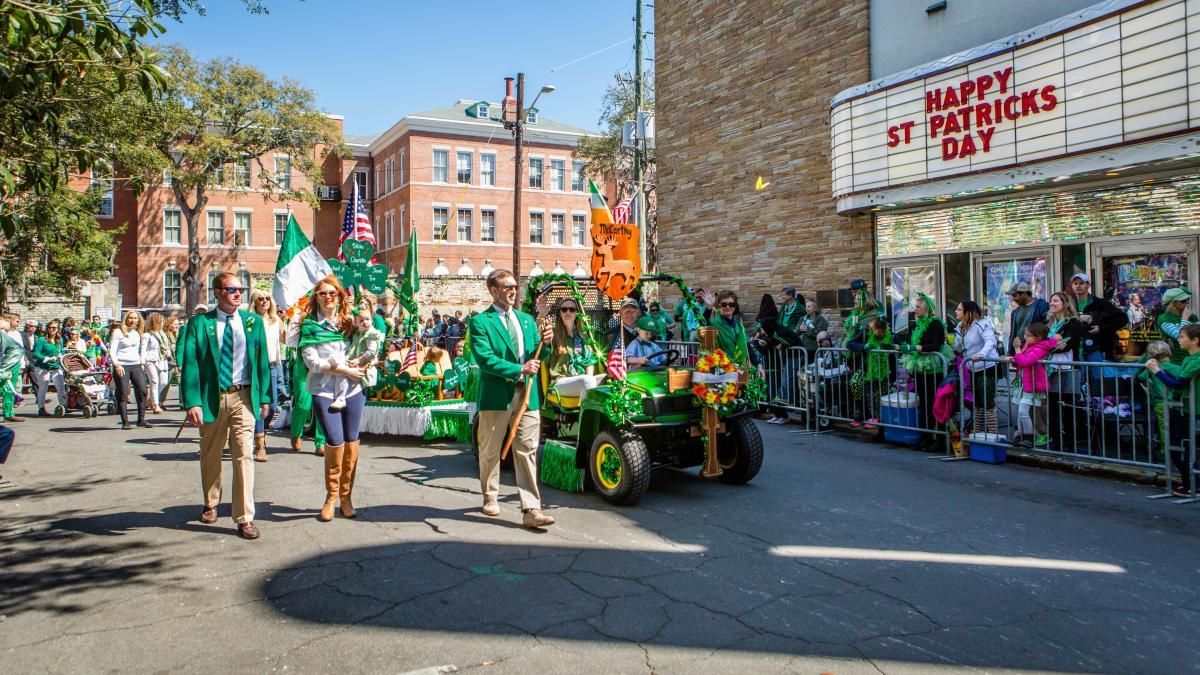
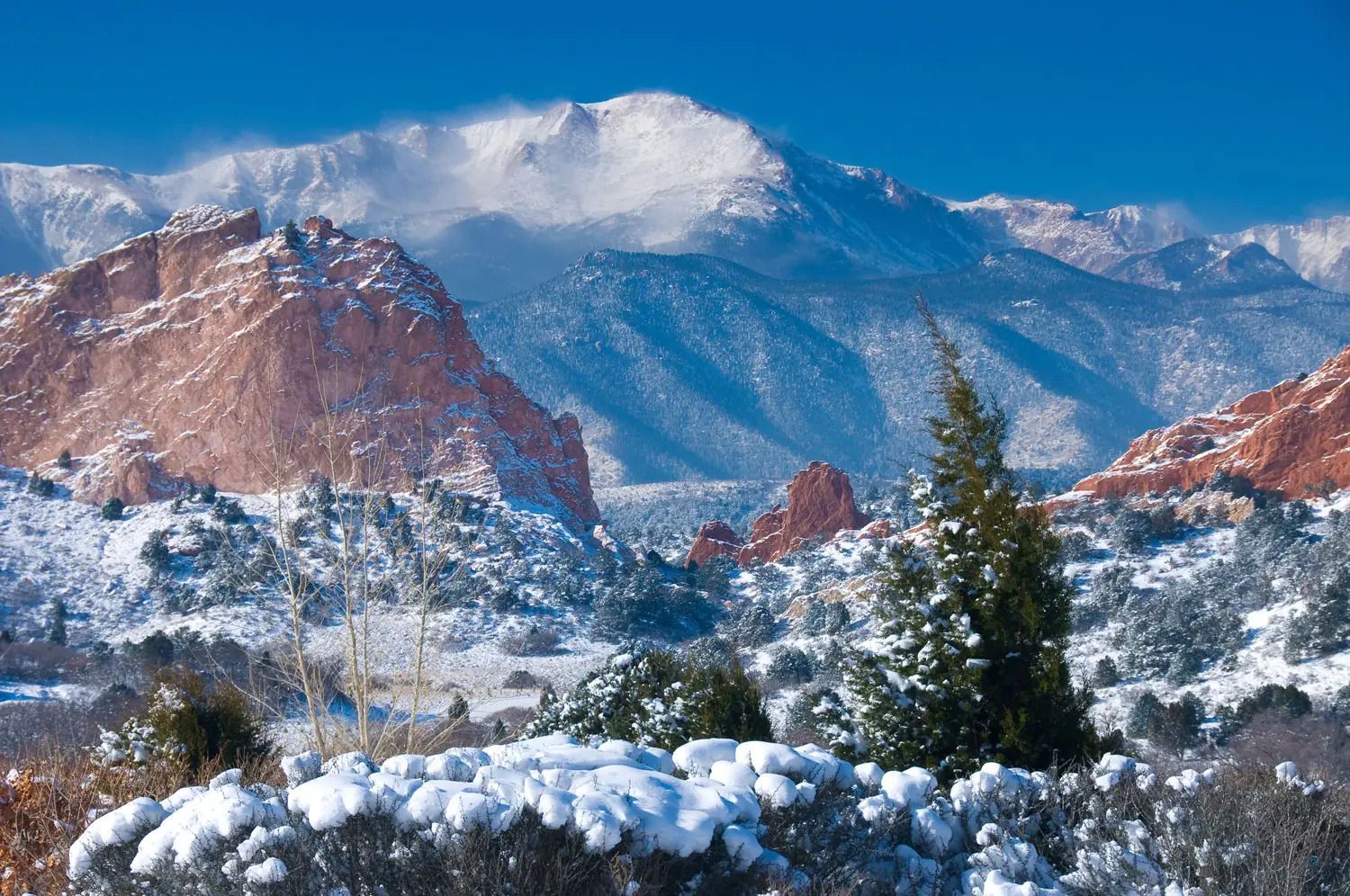
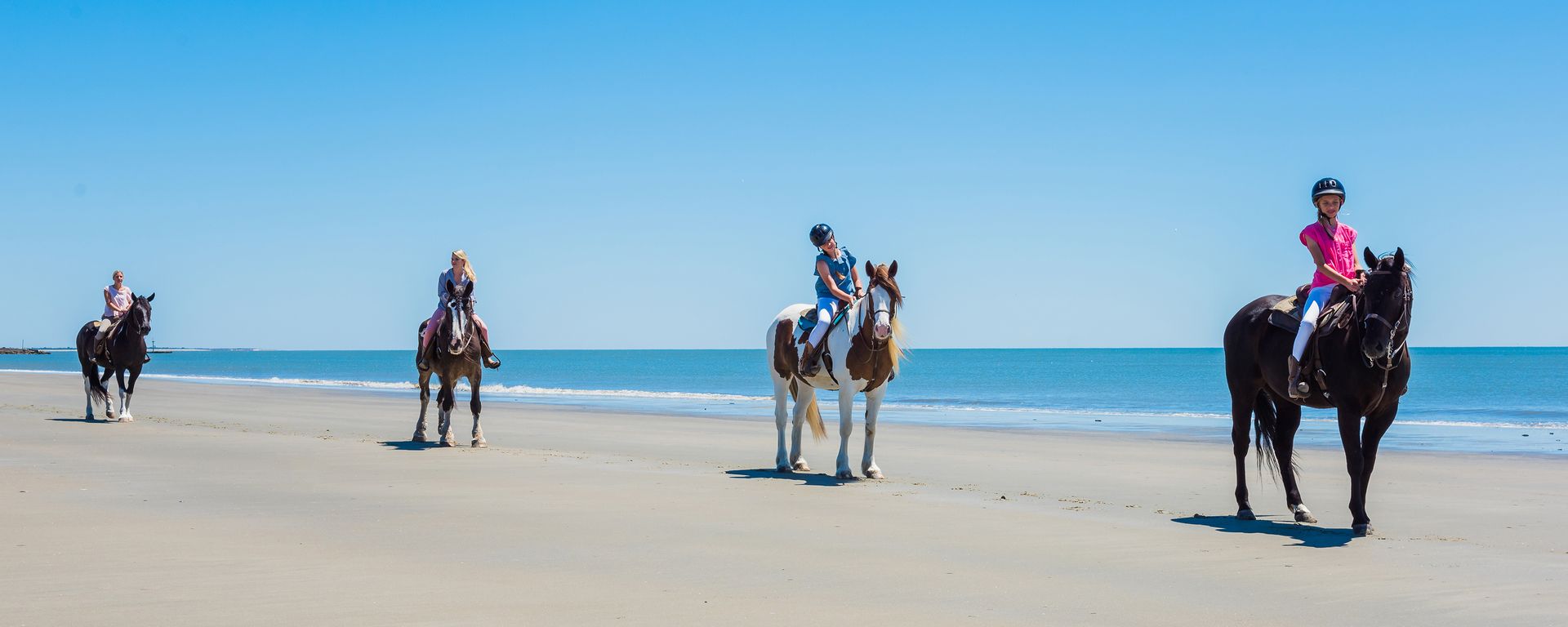



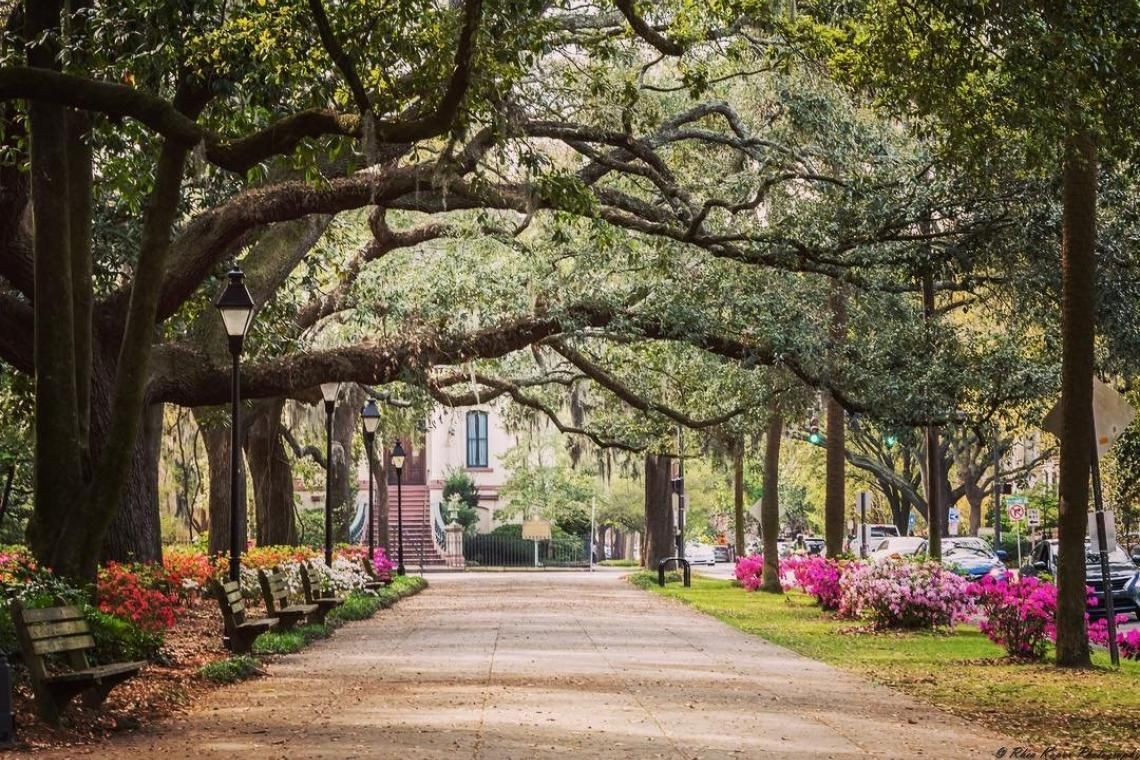

ABOUT US
We are a highly rated and dedicated team of property managers and hospitality experts. We strive to make every interaction, stay, and experience the best possible. Our goal is to cultivate a personal relationship with guests, owners, and our community.
LOCATION
1550 Brampton Avenue
Suite B
Statesboro, GA 30458

